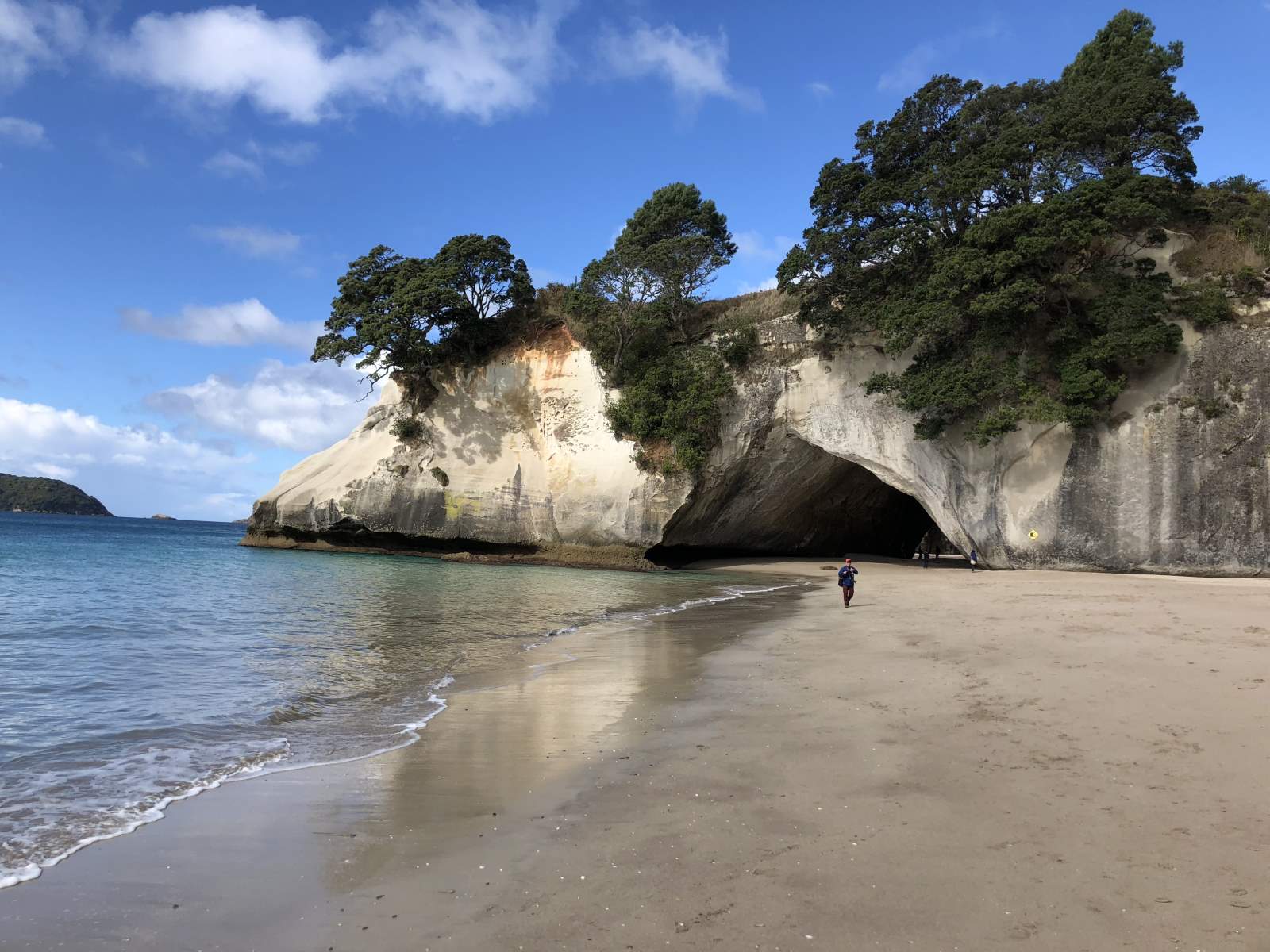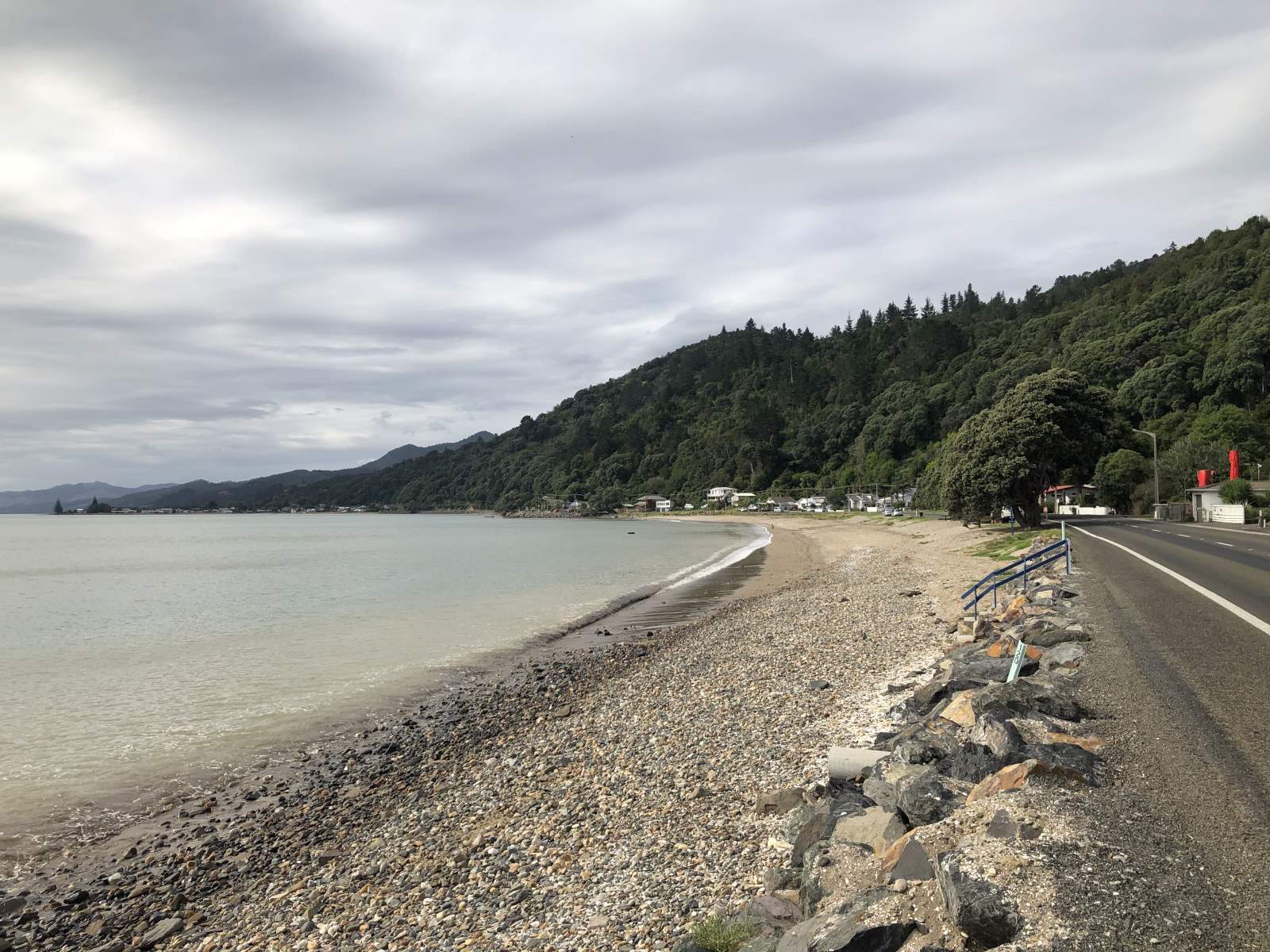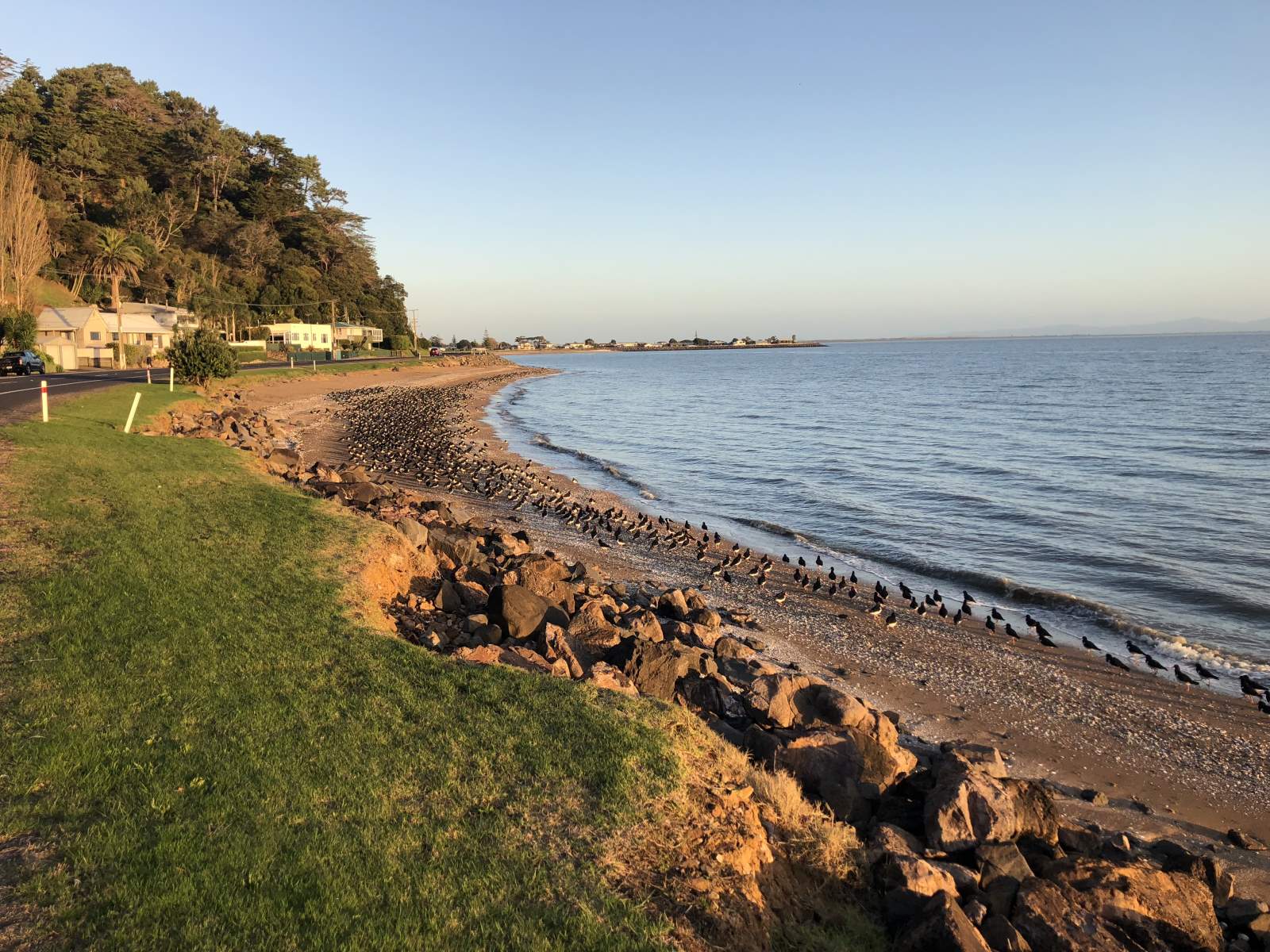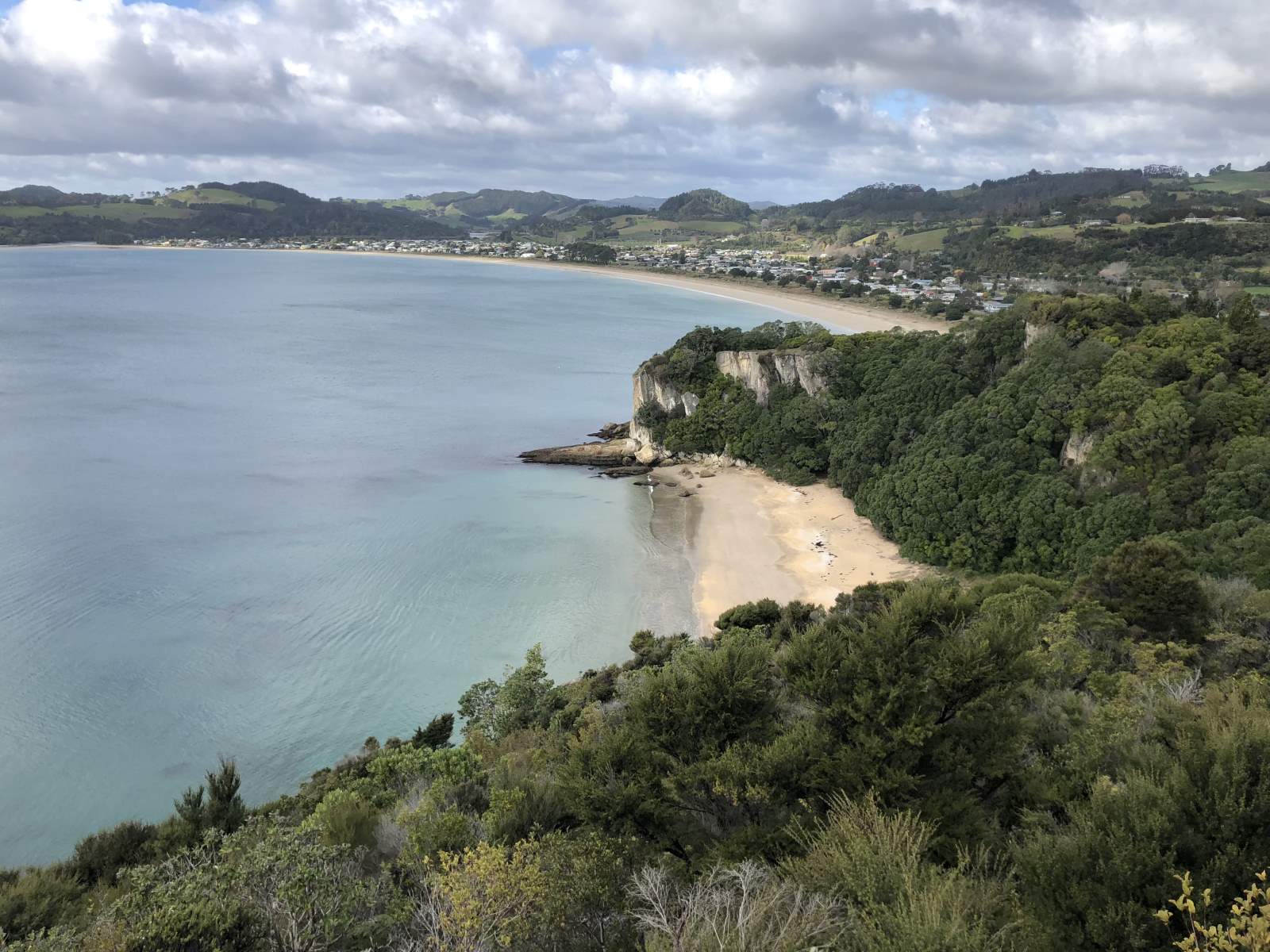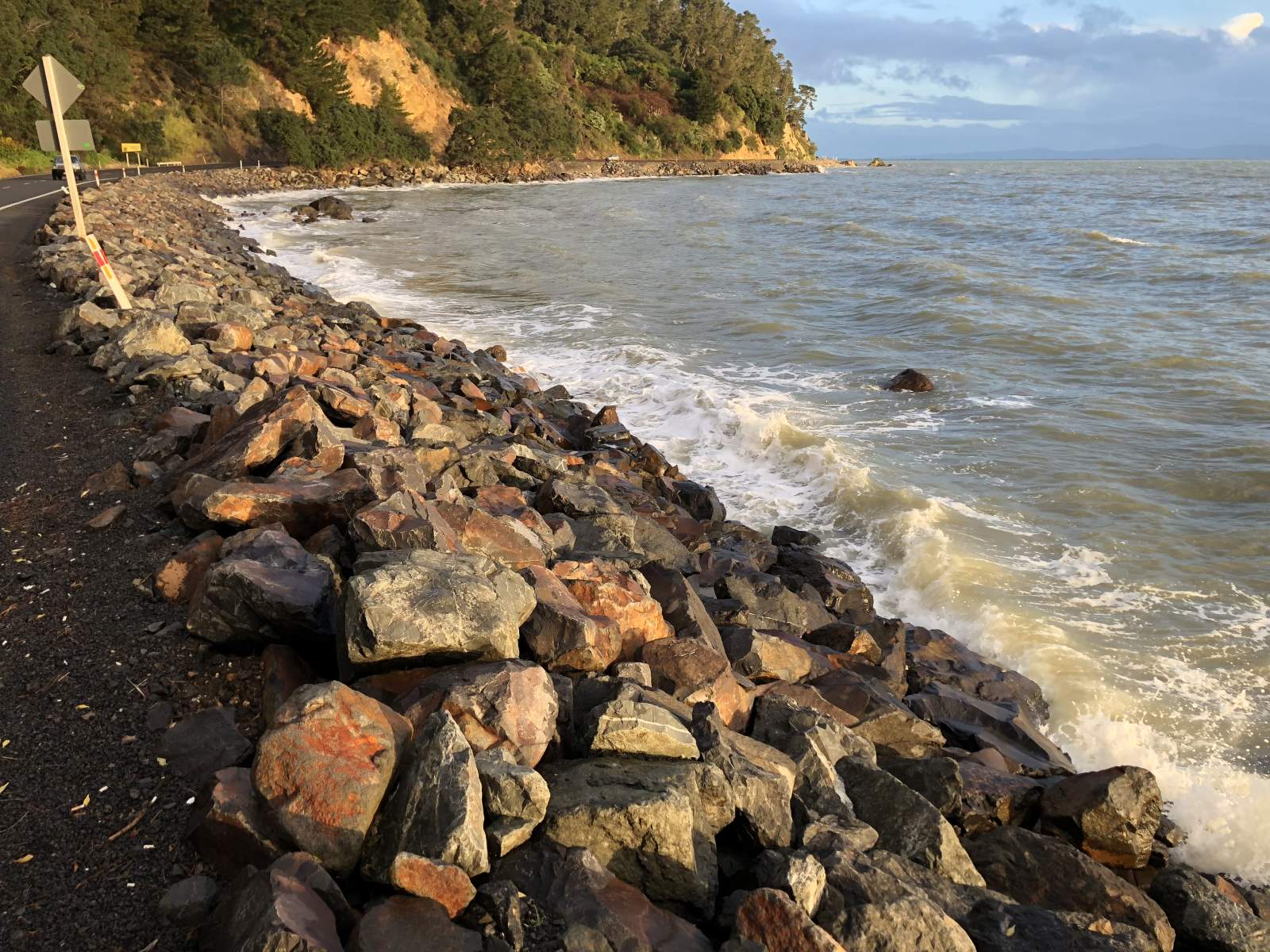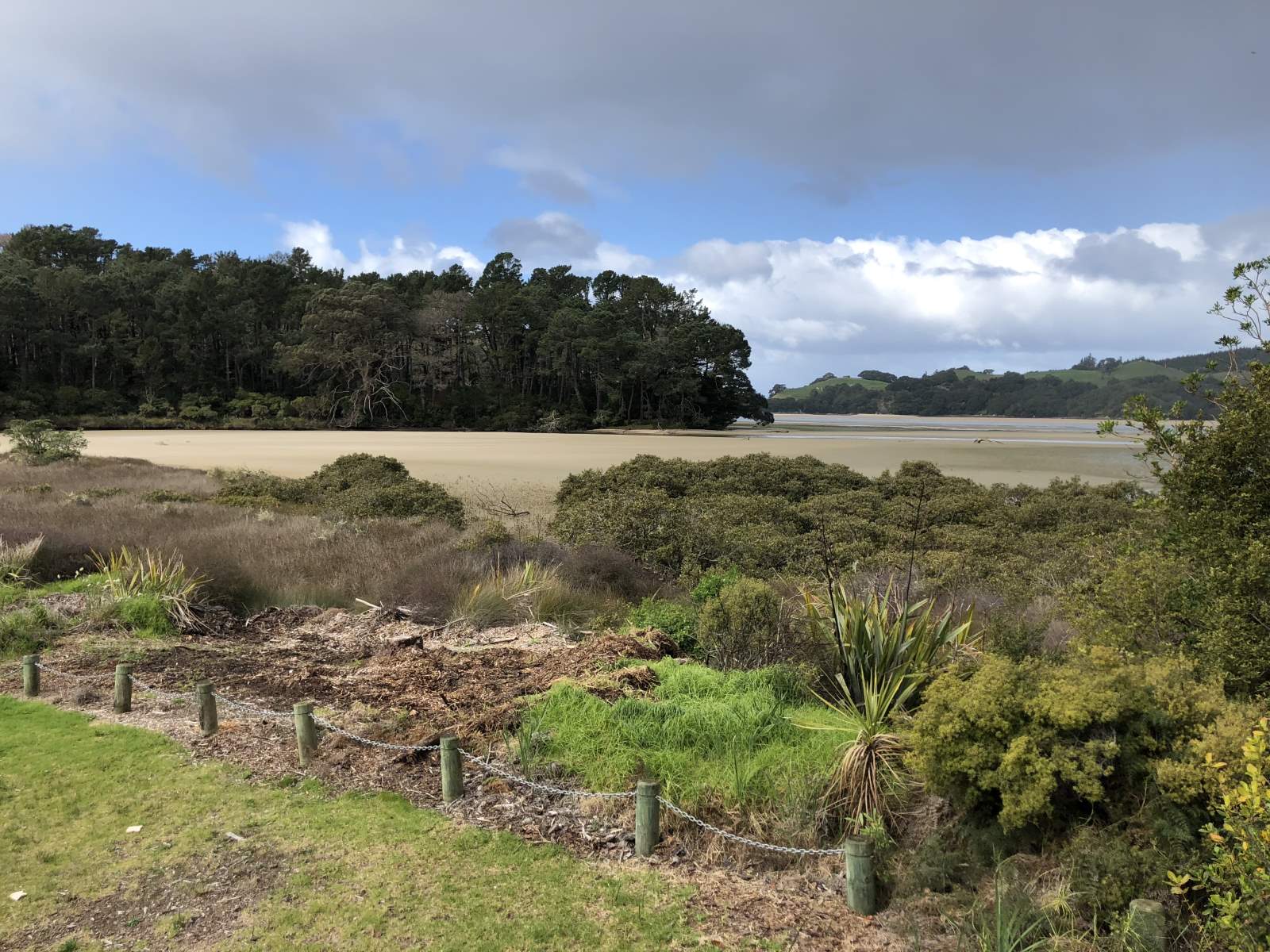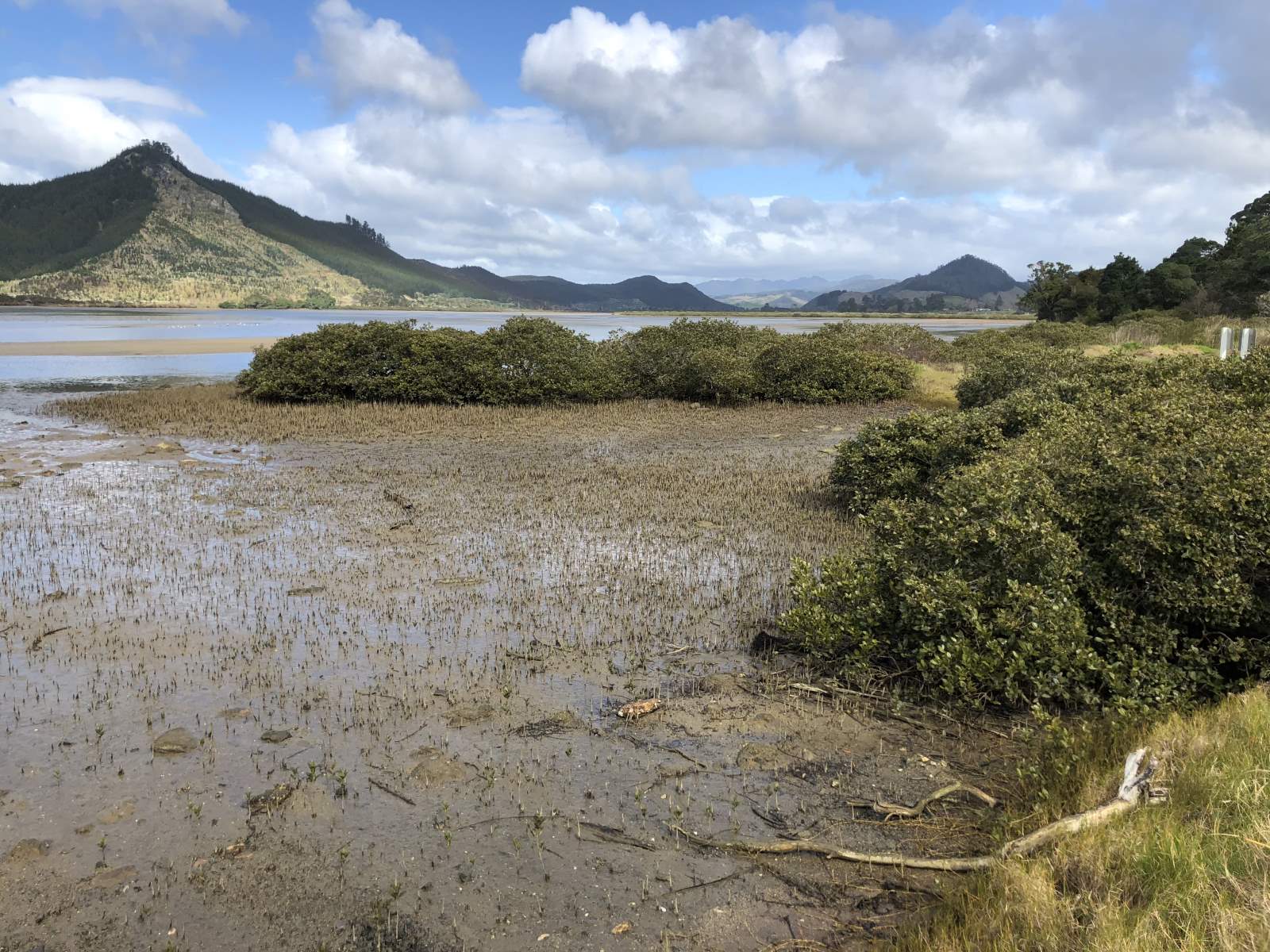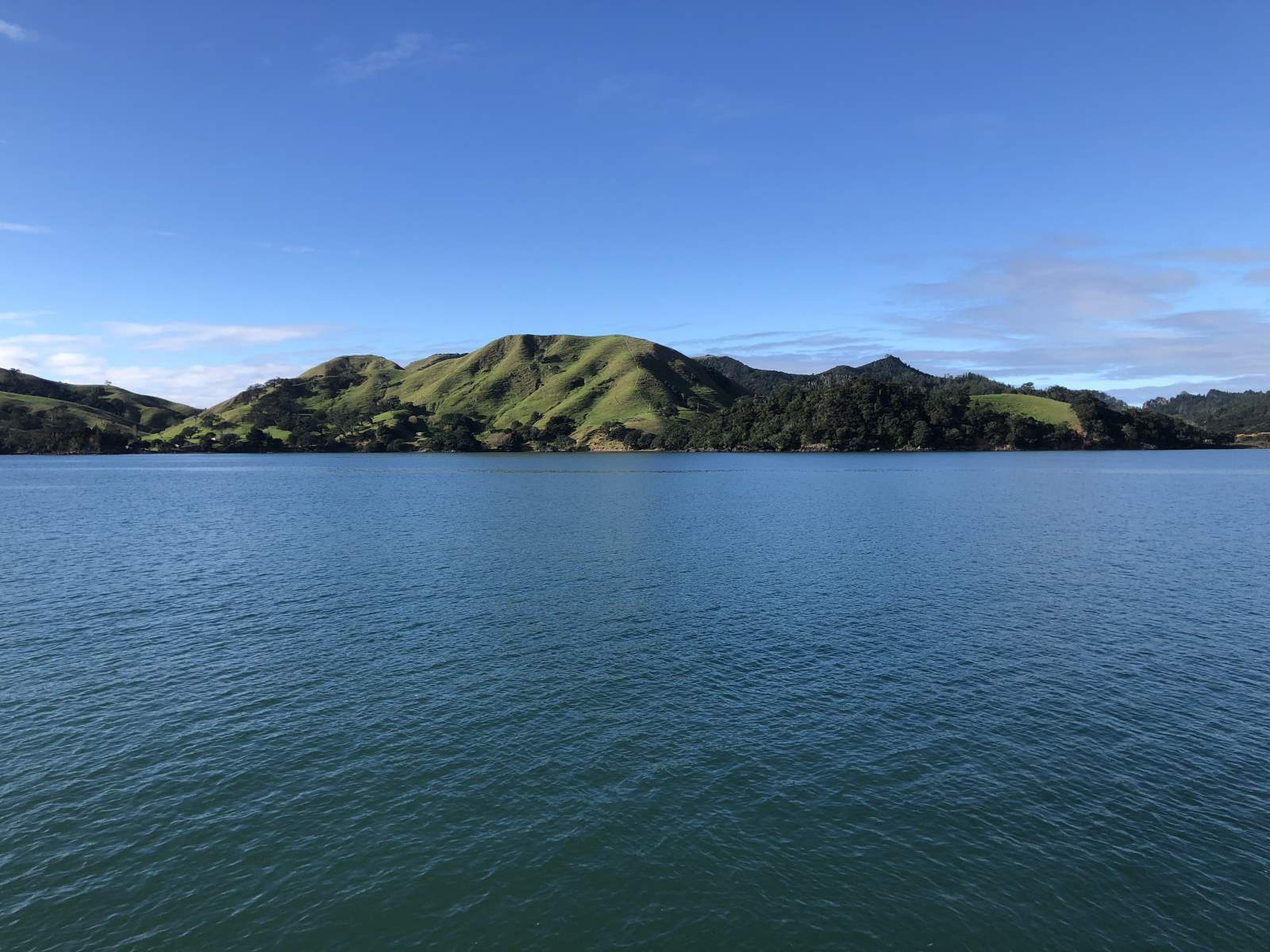
Welcome to the Thames-Coromandel Coastal Adaptation Pathways iReport!
Project Background
In April 2019, Thames Coromandel District Council (TCDC) appointed Royal HaskoningDHV to undertake shoreline management planning for the Coromandel Peninsula.
The aim was to establish a framework for the management and reduction of risks to people, property, the environment and tāonga associated with coastal hazards.
The purpose was to develop Coastal Adaptation Pathways that addressed short- and medium-term issues while focussed on how local communities and hapū may need to adapt in the long-term.
The result was a community-led journey based on locals’ values and risk appetites.
Over three-years, the project moved from identifying hazards, through assessing vulnerability and risk, to determining adaptation options based on thresholds specific to each community.
In September 2022, TCDC adopted the project outputs, including 138 adaptation pathways. In a future where we will face greater challenges associated with climate change and sea level rise, these pathways will guide how the district’s coastal communities adapt and improve their resilience.
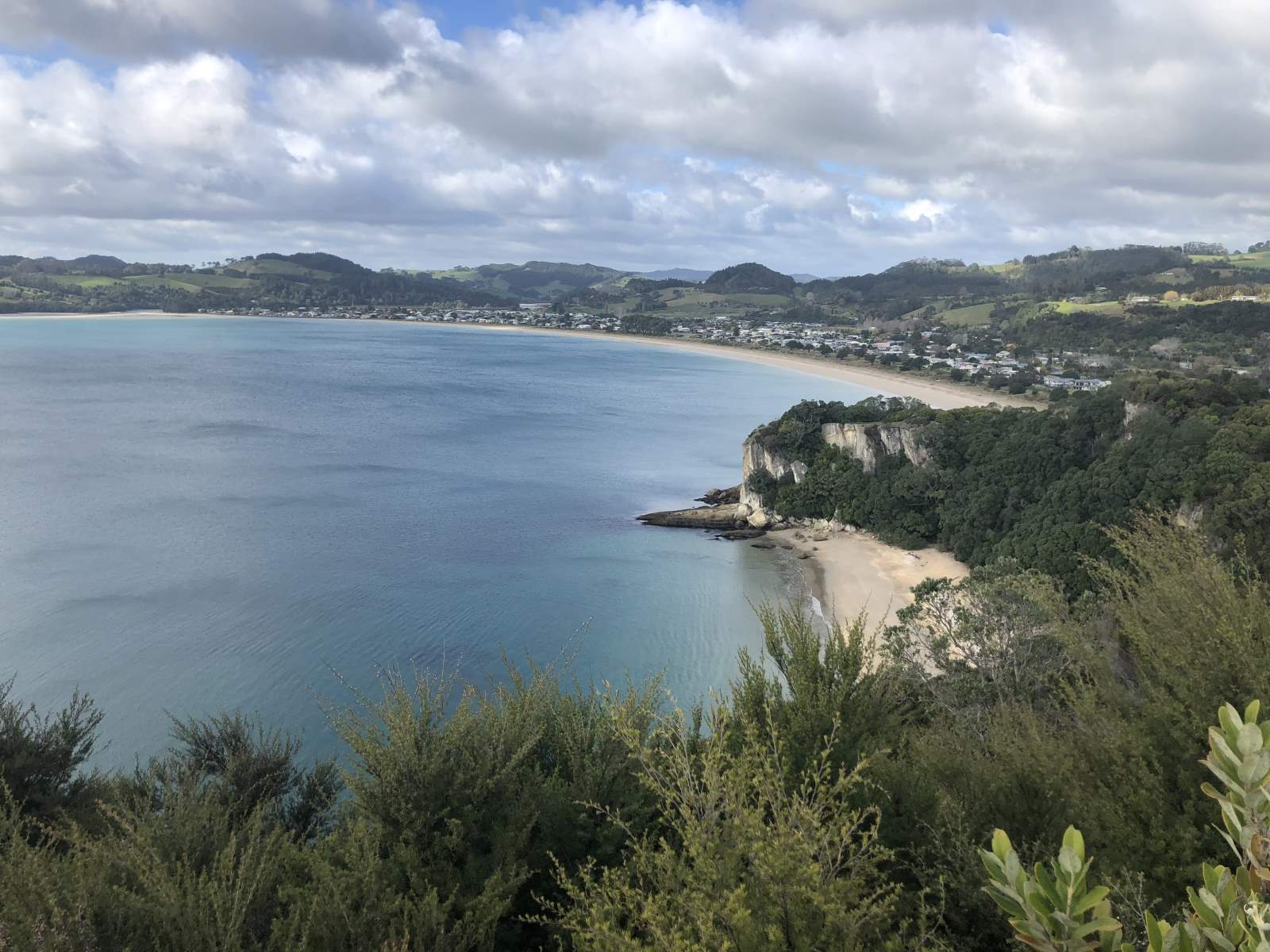
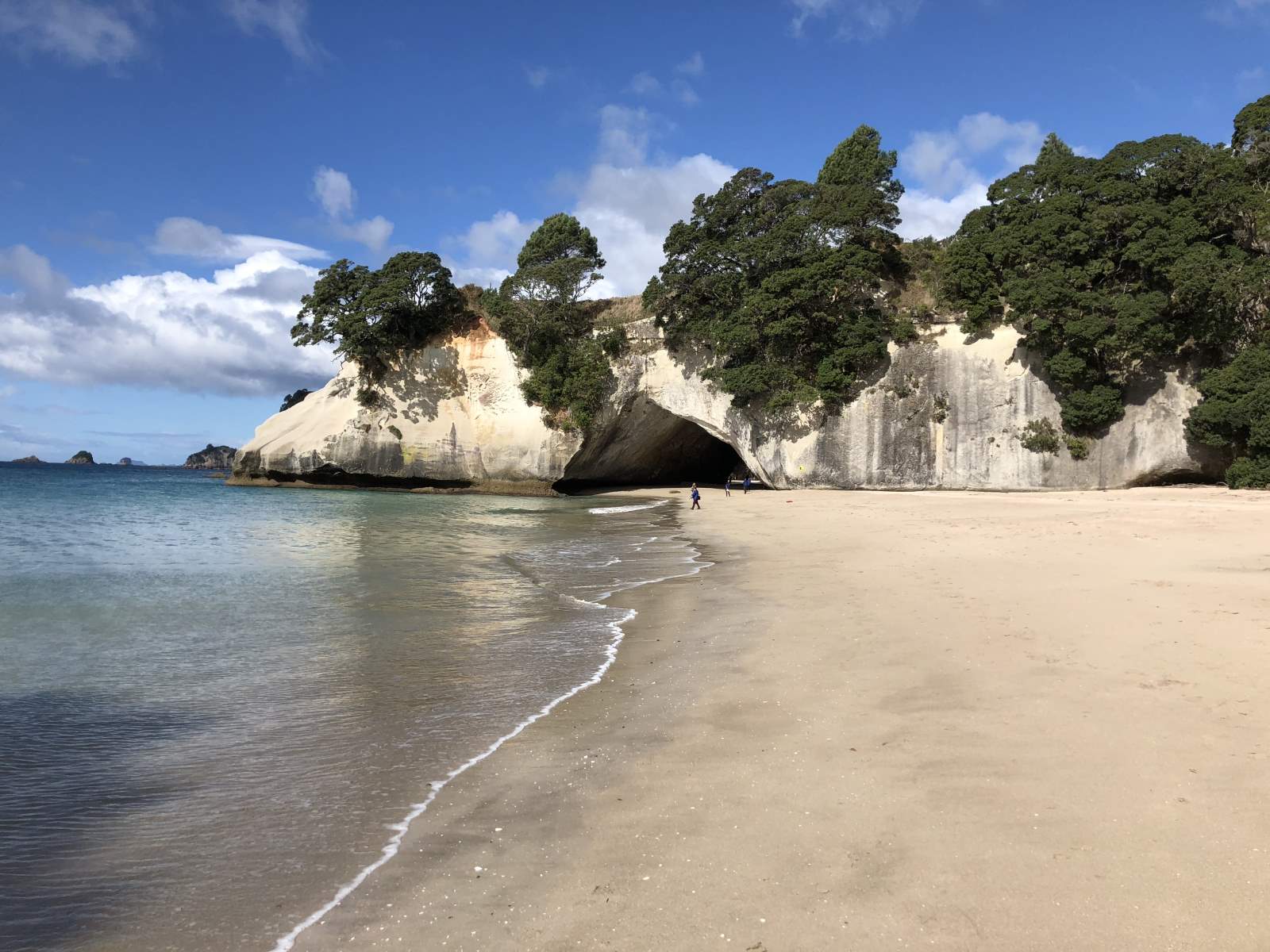
Dynamic Adaptive Pathways Planning
Coastal zone management planning is in its third generation worldwide and has evolved to reflect the need for adaptation in response to climate change. In Aotearoa New Zealand, the Ministry for the Environment (MfE) has provided guidance on 'dynamic adaptive pathways planning' (DAPP).
TCDC’s coastal adaptation pathways have evolved by following the steps advocated by the MfE shown below. They are intended to be direction setting documents that provide a foundation for implementing community adaptation plans.
The interactive content below might not be fully accessible.

Thames-Coromandel Shoreline
